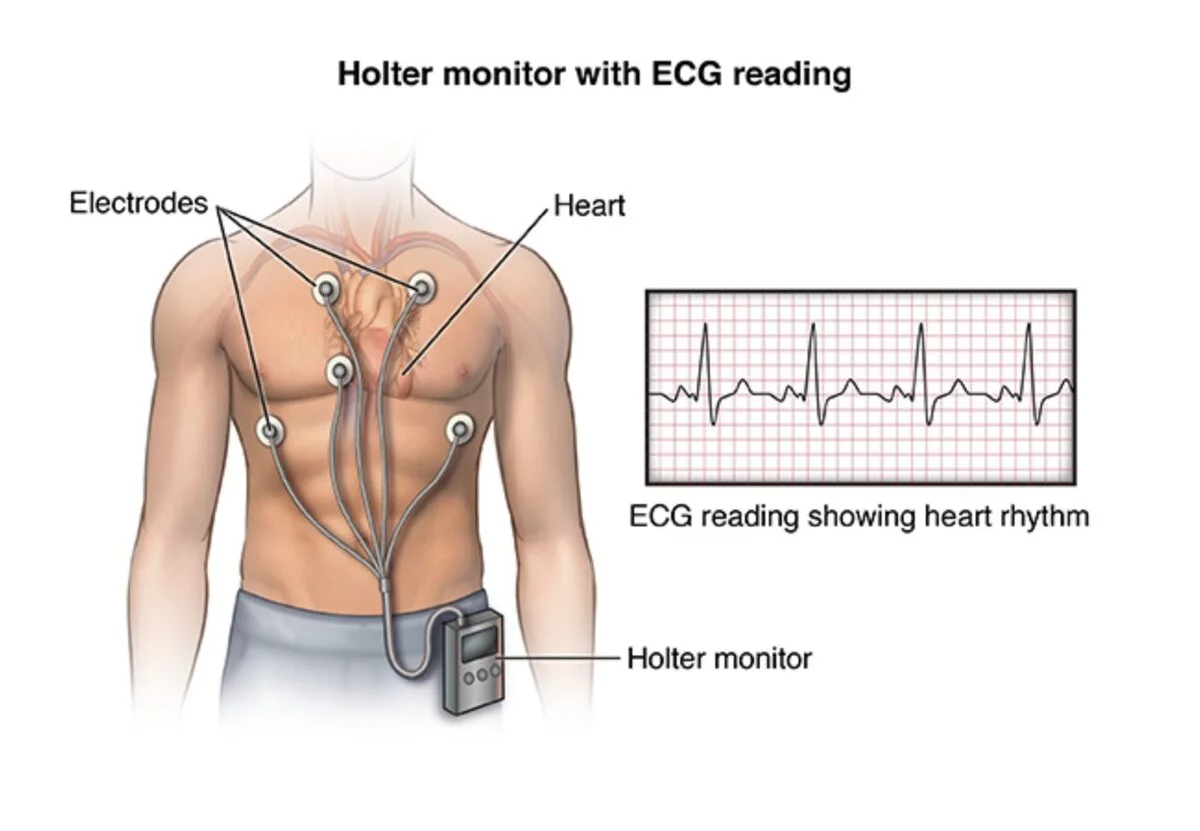Expecting twins can be an exhilarating and challenging experience at the same time, especially during the final stretch of pregnancy. The third trimester brings about a unique set of physical demands, often accompanied by discomfort that can disrupt a peaceful night’s sleep. Sleeping well is vital for your health and that of your babies, yet finding a comfortable position can be a real struggle during this stage. So, let’s explore some practical tips and strategies on how to sleep in third trimester with twins.
Fetal development in the third trimester
During this final trimester, your baby undergoes significant development. They gain weight, strengthen their organs, and fine-tune the skills they’ll need in the outside world. By the end of this trimester, your baby will have fully developed lungs and a strong immune system, ready to tackle life outside the womb. Their senses are also at work, and they can respond to stimuli such as light and sound. Moreover, the baby is preparing for delivery by moving into a head-down position, ready for birth.
Physical changes and symptoms in the third trimester
The third trimester can be physically challenging as your body accommodates a rapidly growing baby. You might experience an array of symptoms that include:
- Weight gain: Expect to gain around a pound a week during the third trimester. This is because your baby is growing at their fastest rate.
- Backache: As the baby grows, the extra weight can put a strain on your back, leading to discomfort and sometimes pain.
- Shortness of breath: As your uterus expands, it can put pressure on your diaphragm, causing a feeling of breathlessness.
- Frequent urination: The baby’s head pressing against your bladder can increase the urge to urinate.
- Trouble sleeping: The large belly, baby’s movements, and physical discomfort can disrupt sleep.
- Swollen ankles and feet: Fluid retention can lead to swelling, known as edema.
Navigating your third trimester with multiple pregnancies: key considerations
As you progress into your third trimester with a multiple pregnancy, you’re likely to experience increased fatigue as your body works overtime to support both you and your babies. Despite having a multitude of tasks you feel compelled to complete, your primary focus during the coming weeks should be self-care. It’s vital to reduce your activity levels, ensure sufficient relaxation and rest, and consult your healthcare provider about when to cease working.
To aid you in dealing with your tasks without feeling overwhelmed, consider maintaining a to-do list. If you’re unsure about what you should expect or monitor during your third trimester, don’t hesitate to consult your healthcare provider.
Monitoring your weight gain
Weight gain during pregnancy can vary significantly among women. However, a healthy weight increase can minimize the risk of delivering a low birth weight baby. You can anticipate a weight gain of approximately 1.5 pounds per week during your third trimester.
Frequent prenatal checkups
Your prenatal visits will become more frequent as you advance into your third trimester. Your healthcare provider will be seeing you weekly or even twice a week to monitor the health of you and your babies. You may also require additional tests during this trimester, such as an ultrasound to assess your babies’ growth and amniotic fluid levels, or a non-stress test to monitor your babies’ heartbeat and movement. Don’t hesitate to discuss any questions regarding your pregnancy, labor, and delivery during these visits.
Participation in childbirth classes
If you haven’t already attended childbirth classes, it would be beneficial to do so immediately. Given your increased risk for preterm labor, it’s advisable to participate in these classes early. Some information may not apply to your situation since you’re expecting more than one baby, so ask your healthcare provider for nurse educator referrals who specialize in multiple births. Alternatively, seek childbirth classes designed specifically for mothers expecting multiples.
Ways on how to sleep in third trimester with twins
Sleeping can become difficult during the third trimester of pregnancy, and even more so with twins due to increased belly size, discomfort, and frequent urination. So how to sleep in third trimester with twins? There are several strategies you can employ to help make sleeping a bit easier.
- Use a Pregnancy Pillow: Invest in a body or pregnancy pillow to provide support for your belly and lower back. This can help reduce the discomfort and pressure that might be causing sleep interruptions.
- Sleep on Your Left Side: It’s usually recommended to sleep on your left side during pregnancy as this can improve blood flow and nutrients to the placenta. It also helps your kidneys efficiently eliminate waste products and fluids from your body, reducing swelling in your ankles, feet, and hands.
- Limit Fluids Before Bed: This can help minimize the frequency of nighttime bathroom trips.
- Avoid Spicy and Acidic Foods: These can cause heartburn, which is especially common during the third trimester. Eat smaller meals more frequently instead of large meals, and avoid eating close to bedtime.
- Exercise Regularly: Regular physical activity (as recommended by your doctor) can help you fall asleep more easily and sleep more soundly—just don’t exercise too close to bedtime, as it may interfere with your sleep.
- Mind Relaxation Techniques: Techniques such as meditation, deep breathing, progressive muscle relaxation, and prenatal yoga can help reduce anxiety and promote better sleep.
- Consider Additional Support: If the pressure on your lower back is becoming too much, consider using additional pillows or even a rolled-up towel for added support.
Remember, every pregnancy is unique. Always consult with your doctor or midwife to discuss any sleep concerns and get recommendations based on your specific situation. If you’re feeling excessively sleepy during the day, it might be a sign of sleep apnea or another sleep disorder, which can increase the risk of complications, so it’s important to bring this up with your healthcare provider.
Mastering sleep during pregnancy
Strategies for how to sleep in third trimester with twins
Securing a restful night’s sleep during pregnancy may become increasingly elusive as your body undergoes changes in preparation for childbirth. Achieving adequate rest and sleep is a crucial part of your pregnancy journey. It might seem paradoxical that sleep becomes more difficult to achieve when your body needs it the most. Finding a suitable, safe sleep position and acclimatizing to the changes each trimester brings can be challenging. As your belly expands, finding a comfortable sleeping position may prove difficult, and your baby’s movements can also impact your relaxation.
Adapting to Sleep Pattern Alterations
- During your pregnancy’s first trimester, you may find yourself sleeping more than usual, as your body exerts energy to support your developing baby. This may lead to inconsistent night-time sleep quality and feelings of sleep deprivation. The expanding uterus may also necessitate frequent nocturnal bathroom visits.
- The second trimester, typically characterized by subsiding nausea and fatigue, offers an excellent opportunity to establish a regular sleep routine, going to bed and waking up at consistent times each day. This sleep hygiene practice can help in preparation for the third trimester.
- Many pregnant women report the greatest difficulty achieving uninterrupted sleep during the final stages of pregnancy due to the growing baby’s size. Vivid dreams, often attributed to changing hormone levels and stress, are also commonly reported, particularly in the last trimester. These dreams are perfectly normal and often reflect impending adjustments to parenthood.
- While interrupted sleep is common during pregnancy, there are strategies to maximize sleep duration and ensure the safest possible sleep position.
Key Points to Remember on how to sleep in third trimester with twins
- Begin each night in a side-lying position, which you’re likely to maintain for the majority of the night.
- If you awaken during the night, reposition yourself on your side.
- Adopt a side-lying position for every sleep and nap.
- When reclining, avoid lying on your back; maintain a side position.
- If your partner notices you sleeping on your back, ask them to gently reposition you onto your side.
- Maintain side-sleeping from the 28th week of pregnancy until your baby’s birth.
- Experiment with pillows to find comfortable sleeping positions, such as using a body pillow to support your upper leg or a rolled-up blanket beneath your belly to alleviate lower back pressure.
- When transitioning from a lying to a seated position, utilize your arms to push up. This action helps avoid additional pressure on your abdominal muscles.
Related posts:-













